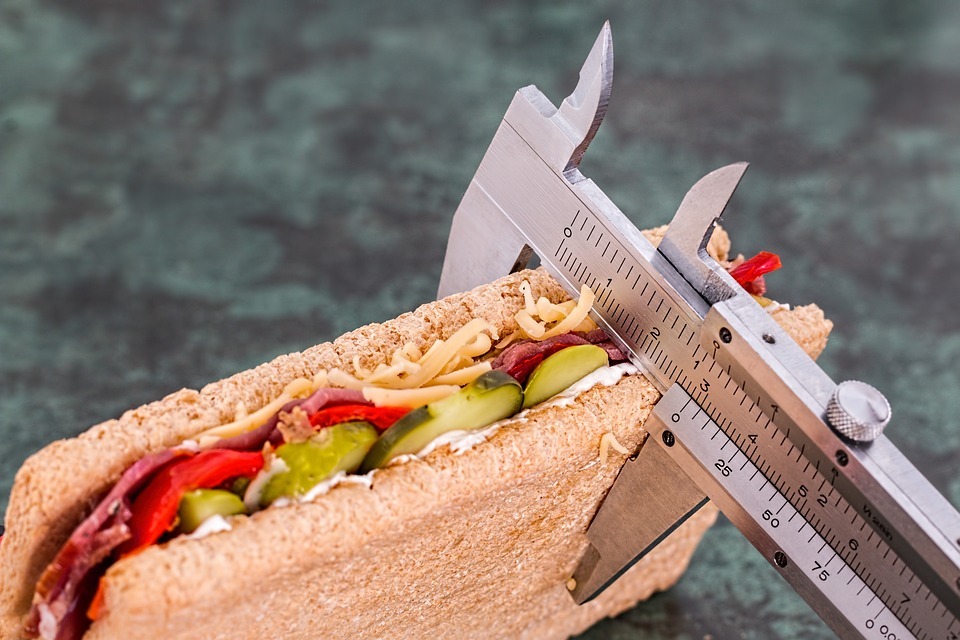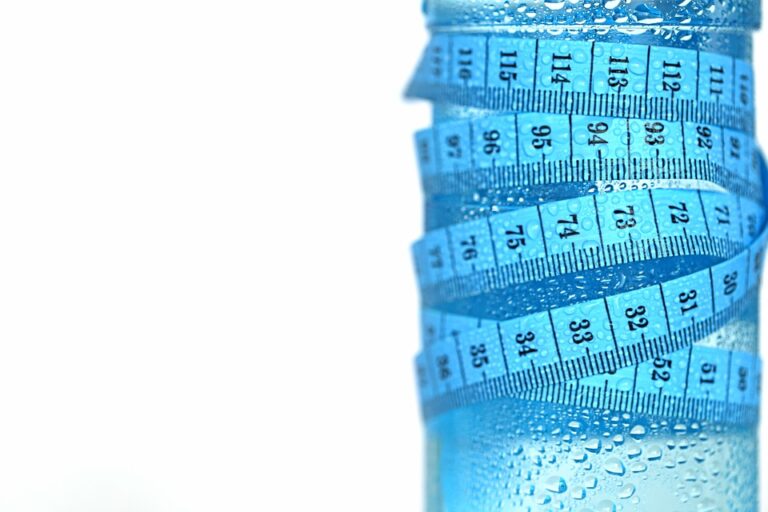The pursuit of a toned midsection is not just about aesthetics—shedding belly fat is integral to improving overall health. Central obesity, characterized by excessive abdominal fat, is linked to various health issues such as cardiovascular diseases, diabetes, and metabolic disorders. Understanding the science behind losing belly fat and implementing effective strategies can help you sculpt your core, enhance your health, and elevate your fitness game.
The Science of Belly Fat
Belly fat can be classified into two categories: subcutaneous fat and visceral fat. Subcutaneous fat sits just under the skin, while visceral fat surrounds internal organs and is a major health risk factor.
Metabolic Activity of Visceral Fat
Visceral fat is metabolically active, releasing fatty acids, inflammatory agents, and hormones that can affect your body’s functioning. This type of fat is more dangerous than subcutaneous fat, increasing the risk of chronic diseases.
Health Risks Associated with Belly Fat:
- Increased risk of heart disease
- Higher likelihood of Type 2 diabetes
- Elevations in blood pressure
- Increased LDL cholesterol levels
- Greater risk of metabolic syndrome
Genetics and Lifestyle
Both genetics and lifestyle choices contribute to the accumulation of belly fat. Poor diet, lack of physical activity, and high stress levels can lead to excess abdominal fat. Hormones also play a significant role; for instance, higher cortisol levels are linked to increased belly fat.
Strategies to Lose Belly Fat
Effectively losing belly fat requires a combination of targeted strategies: nutrition, exercise, stress management, and lifestyle modifications. While there is no magic formula, science-based approaches can considerably streamline the process.
Tip 1: Optimize Your Diet
Nutrition plays a pivotal role in belly fat reduction. Foods high in sugar and refined carbs contribute to weight gain and abdominal fat storage. On the contrary, a diet rich in whole foods can help you lose fat while nourishing your body.
Essential Dietary Changes:
- Reduce Sugar and Refined Carbs: Cut down on sugary beverages, desserts, and processed foods.
- Increase Fiber Intake: Fiber helps control appetite and regulate blood sugar levels.
- Incorporate Protein: High-protein diets boost metabolism and promote satiety.
- Healthy Fats: Focus on monounsaturated and polyunsaturated fats found in nuts, seeds, avocados, and fatty fish.
Tip 2: Engage in High-Intensity Interval Training (HIIT)
High-Intensity Interval Training (HIIT) is highly effective for burning abdominal fat. This workout alternates between short bursts of intense exercise and periods of rest or low-intensity activities.
Benefits of HIIT for Belly Fat:
- Burns Calories Quickly: HIIT burns more calories in less time compared to traditional cardio.
- Boosts Metabolism: Increases Excess Post-Exercise Oxygen Consumption (EPOC), making your body burn calories post-workout.
- Targets Fat Loss: Particularly effective in reducing visceral fat.
Tip 3: Strength Training
Strength training builds muscle, enhances metabolic rate, and contributes to fat loss. Resistance exercises help you maintain muscle mass while losing fat, providing more definition to your body.
Effective Strength Training Exercises:
- Weighted Abdominal Exercises: Such as Russian twists, weighted crunches.
- Compound Movements: Including squats, deadlifts, and bench presses.
- Core Stability Exercises: Planks, leg raises, and Swiss ball exercises.
Tip 4: Manage Stress Levels
Chronic stress triggers the release of cortisol, a hormone that promotes fat storage in the abdominal area. Effective stress management techniques can significantly impact your belly fat reduction journey.
Stress Management Techniques:
- Mindfulness and Meditation: Reduces cortisol levels and fosters emotional well-being.
- Adequate Sleep: Aim for 7-9 hours of quality sleep per night.
- Regular Physical Activity: Exercise is a natural stress reliever.
Tip 5: Track Your Progress and Stay Consistent
Consistency is key when it comes to losing belly fat. Tracking your progress can help you stay motivated and make necessary adjustments.
Methods for Tracking Progress:
- Take Regular Measurements: Use a tape measure to track waist circumference.
- Body Fat Analysis: Consider using body fat calipers or bioelectrical impedance scales.
- Photographic Evidence: Take progress pictures every few weeks.
Common Myths About Belly Fat
Navigating the plethora of information about belly fat can be challenging, particularly with numerous myths circulating. Discerning fact from fiction is crucial to making informed decisions.
Common Myths Debunked:
- Myth 1: Spot Reduction: You cannot target belly fat alone through exercises. Fat loss occurs throughout the body.
- Myth 2: Only Cardio Burns Fat: While cardio is effective, combining it with strength training yields better results.
- Myth 3: Starvation Diets Work: Extremely low-calorie diets can slow metabolism and result in muscle loss rather than fat loss.
Importance of a Holistic Approach
A holistic approach combining diet, diverse exercise routines, and lifestyle changes offers the most effective route to losing belly fat and sustaining long-term results. Adopting sustainable habits ensures that you not only lose the excess fat but also maintain a healthy and fit body.
Recap of Key Strategies:
- Optimize nutrition by focusing on whole foods.
- Engage in high-intensity interval training (HIIT) for effective calorie burning.
- Include strength training to build muscle and enhance metabolism.
- Manage stress levels through mindfulness, adequate sleep, and regular physical activity.
- Track your progress consistently to stay motivated and make necessary adjustments.
Conclusion
Losing belly fat and sculpting your core involves a multifaceted strategy grounded in scientific principles. It requires dedication, consistent efforts, and informed choices. By optimizing your diet, engaging in HIIT and strength training, managing stress, and tracking your progress, you can achieve a toned midsection and improve overall health. Remember, there’s no quick fix—sustainable habits and a balanced lifestyle make all the difference in your journey to a healthier you.






